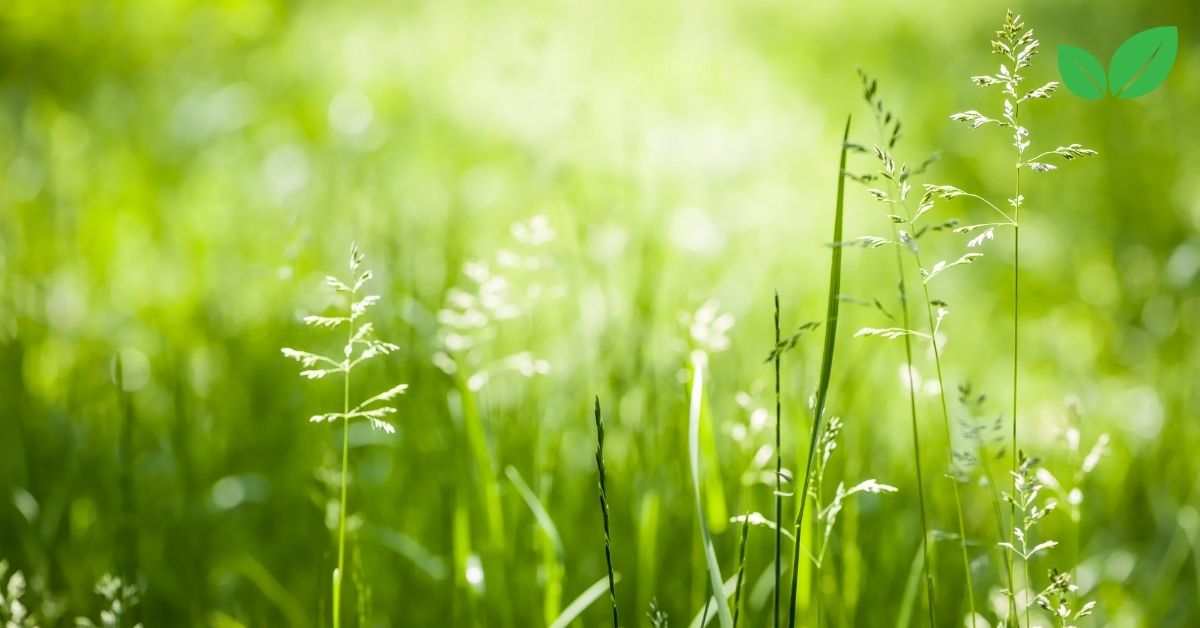Junegrass (Koeleria macrantha), also known as prairie Junegrass or simply Junegrass, is a perennial bunchgrass native to North America and parts of Eurasia. This hardy grass thrives in a range of environments, from prairies and meadows to open woodlands and mountainous regions. Known for its adaptability and resilience in diverse soil and climate conditions, Junegrass plays an essential role in stabilizing soil, supporting wildlife, and contributing to ecosystem health.
In this article, we’ll explore the environmental niche of Junegrass, examining its habitat, physical characteristics, ecological significance, adaptations, reproduction, and the conservation role it plays in North American landscapes. Understanding Junegrass’s niche sheds light on the vital role this native grass species serves in maintaining healthy grassland ecosystems.
1. Introduction to Junegrass
Junegrass (Koeleria macrantha) is a cool-season grass belonging to the Poaceae family, which includes many of the world’s most important grass species. Named for its flowering period in early summer, Junegrass produces airy, delicate seed heads that sway gracefully in the wind. This plant is highly valued for its ability to grow in challenging environments, such as dry prairies and rocky slopes, where it provides essential ecological functions, including erosion control and habitat for various species.
Junegrass’s aesthetic appeal, drought tolerance, and low maintenance requirements have also made it popular in restoration projects and sustainable landscaping, where it is valued for its role in reducing soil erosion and promoting biodiversity.
2. Natural Habitat of Junegrass
It is native to North America and is commonly found across the continent, from Canada to the southern United States. Its adaptability to a range of climates and soil types has allowed it to become a common feature of grasslands, prairies, and open woodlands.
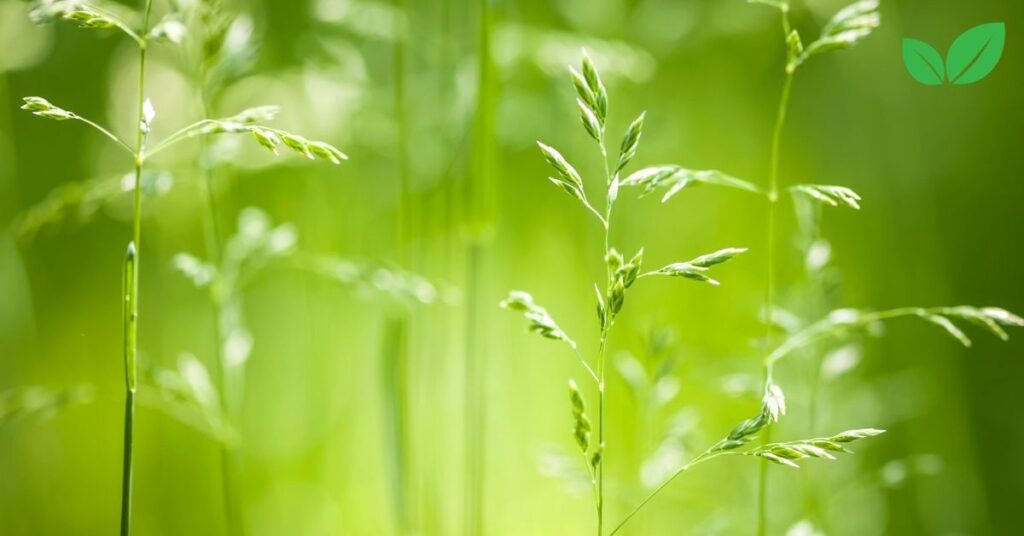
2.1 Geographic Range
It has a wide geographic range, occurring throughout much of the United States, Canada, and even parts of Mexico. Its distribution extends to various altitudes, from lowland prairies to mountainous regions, where it has adapted to survive in both hot, dry climates and colder, high-altitude conditions. Its broad range highlights its versatility and ability to thrive under diverse environmental conditions.
2.2 Preferred Ecosystem and Soil Types
It is commonly found in a variety of ecosystems, including:
- Prairies and Grasslands: Junegrass is well-suited to open grasslands and prairies, where it can establish itself in nutrient-poor, well-drained soils.
- Woodlands and Savannas: In open woodlands and savanna environments, Koeleria macrantha thrives in areas with moderate shade and sufficient sunlight.
- Rocky and Sandy Soils: Due to its adaptability, Junegrass can grow in rocky and sandy soils that are often nutrient-poor. Its fibrous root system stabilizes these soils, preventing erosion in windy or flood-prone areas.
2.3 Climate Conditions
Junegrass thrives in regions with cool-season climates and is adapted to survive in areas with relatively low precipitation. It is drought-tolerant, making it suitable for semi-arid environments where other grass species may struggle. Its ability to tolerate both high summer temperatures and cold winters allows it to persist across a wide range of climatic conditions, contributing to its ecological success in North America.
3. Physical Characteristics of Junegrass
Koeleria macrantha has several distinct physical features that make it easy to identify and contribute to its functionality in the environment.
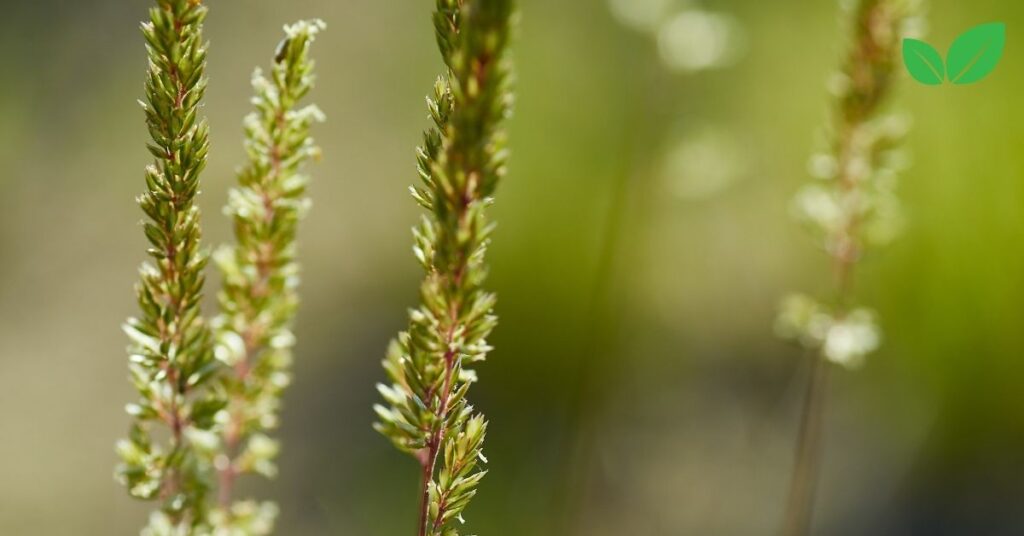
3.1 Growth Form and Structure
It is a bunchgrass, which means it grows in small, tight clumps rather than forming a continuous turf. This growth form is beneficial for preventing soil erosion and conserving moisture, as each bunch forms a small microhabitat that retains moisture and organic material. Typically, Koeleria macrantha reaches heights of 1 to 2 feet, making it a relatively low-growing species compared to taller prairie grasses.
3.2 Leaves and Stems
The leaves of Junegrass are narrow and upright, ranging in color from bright green to blue-green. They have a fine texture and a slight curl that gives them a delicate appearance. The leaves are smooth or slightly hairy, with a V-shaped cross-section, which reduces surface area and minimizes water loss through transpiration. This adaptation is particularly useful in hot, dry climates where water conservation is crucial.
3.3 Flowering and Seed Heads
Koeleria macrantha produces delicate, feathery seed heads in late spring to early summer, typically in June—hence the common name “Junegrass.” The seed heads are airy and open, with small spikelets that sway in the wind, aiding in seed dispersal. The flowering structure is attractive and gives the plant a distinctive appearance, making it a popular choice in native plant gardens.
4. Ecological Role and Significance of Junegrass
It contributes significantly to its ecosystems, providing essential services that support wildlife, promote soil health, and maintain ecosystem balance.
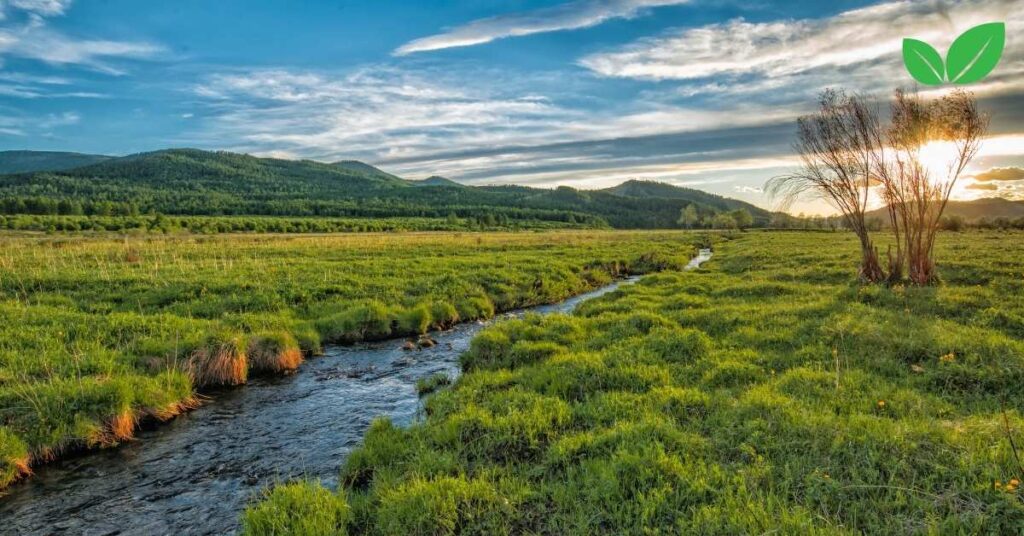
4.1 Soil Stabilization and Erosion Control
One of Junegrass’s most valuable ecological roles is its contribution to soil stabilization. The plant’s dense, fibrous root system binds the soil, helping to prevent erosion on slopes, floodplains, and wind-exposed areas. Its bunchgrass growth form also prevents soil compaction and promotes the infiltration of water, making it a valuable plant for maintaining soil health in fragile ecosystems.
4.2 Habitat and Food for Wildlife
Junegrass provides a habitat and food source for numerous species. In grassland ecosystems, it serves as a food source for herbivores, including grazing mammals like deer and bison. Small mammals and ground-nesting birds, such as sparrows and quails, use the dense clumps of Koeleria macrantha for cover and nesting sites. Insects, including grasshoppers and butterflies, are attracted to its seed heads and leaves, making it a valuable part of the food web.
4.3 Biodiversity and Pollinator Support
Koeleria macrantha contributes to biodiversity by coexisting with a variety of native grasses and wildflowers, creating a rich and diverse ecosystem. Although it is wind-pollinated, Junegrass provides structural diversity in grassland habitats that support pollinators and other insects. Its presence enhances the overall ecological integrity of prairies and grasslands, making it a keystone species in many North American grassland ecosystems.
5. Adaptations of Junegrass to its Environment
It exhibits several adaptations that allow it to survive in challenging environmental conditions, particularly in semi-arid and nutrient-poor soils.
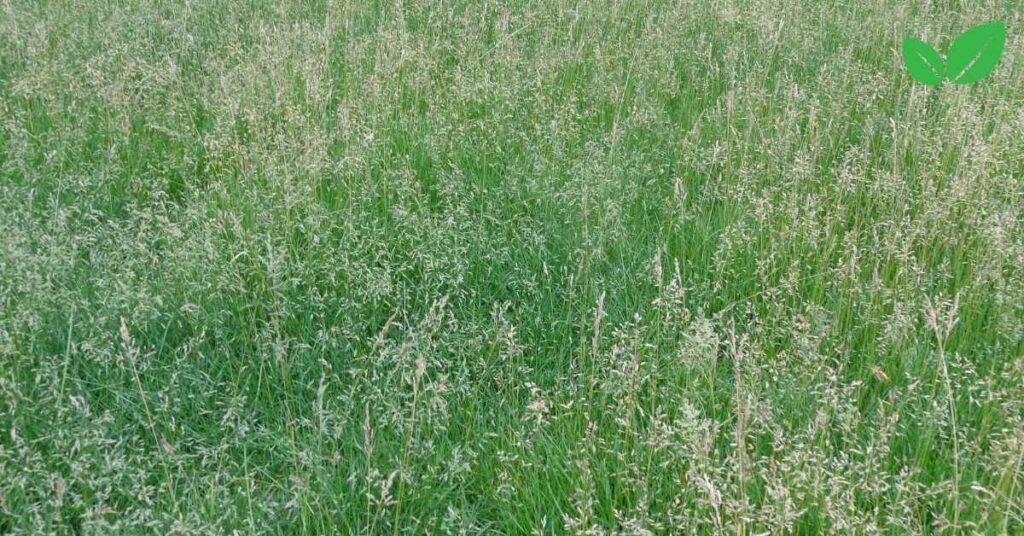
5.1 Drought Tolerance
Junegrass is highly drought-tolerant due to its ability to conserve water. Its leaves are narrow and often curl slightly, reducing surface area and minimizing water loss. Additionally, its root system extends deep into the soil, allowing it to access water in lower soil layers during dry periods. This drought tolerance makes Koeleria macrantha a valuable species for maintaining vegetative cover in arid and semi-arid landscapes.
5.2 Cold and Heat Tolerance
It is well-adapted to temperature extremes, making it capable of surviving both hot summers and cold winters. Its growth cycle aligns with seasonal changes, with active growth in cooler temperatures during the spring and fall. This cool-season growth pattern allows it to avoid the harshest conditions, going dormant during periods of extreme heat or cold.
5.3 Fire Adaptation
Junegrass is adapted to the periodic fires that are a natural part of many grassland ecosystems. Its root system survives underground during fires, allowing it to resprout and regenerate. Fire can also help stimulate new growth by clearing out competing vegetation, and the removal of above-ground material often leads to more vigorous regrowth. This fire resilience contributes to the persistence of Junegrass in fire-prone areas, maintaining its presence within fire-adapted ecosystems.
6. Reproduction and Life Cycle of Junegrass
The life cycle of Junegrass is adapted to the seasonal climate of its habitat, allowing it to reproduce and maintain its populations in dynamic environments.
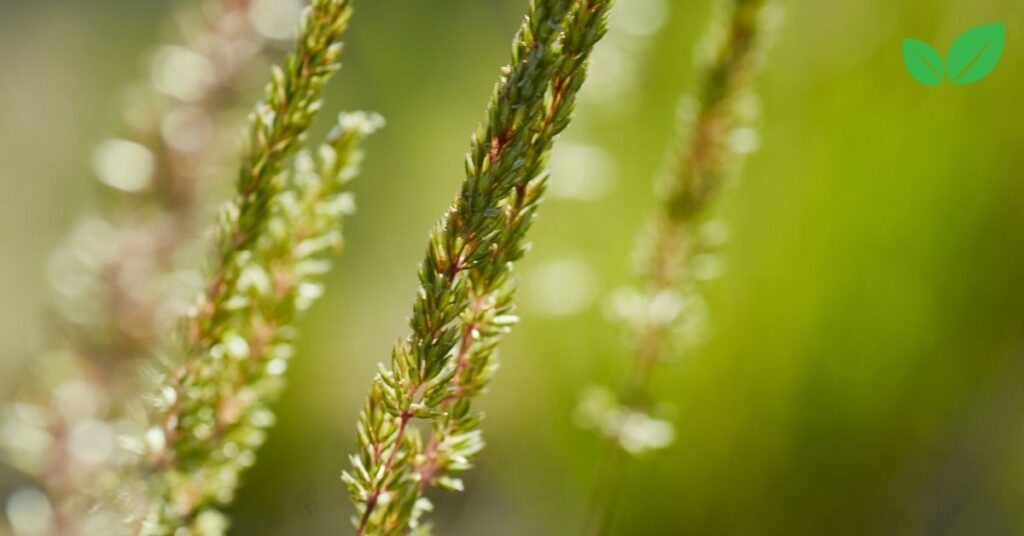
6.1 Flowering and Pollination
It is a cool-season grass, and its flowering period occurs in late spring to early summer, typically peaking in June. The plant is wind-pollinated, meaning it relies on wind currents to disperse pollen between flowers. The feathery structure of its seed heads aids in the effective release and capture of pollen, promoting successful pollination.
6.2 Seed Production and Dispersal
Once pollinated, Junegrass produces small seeds within its delicate spikelets. The seeds are lightweight and can be dispersed by wind or rain. Additionally, animals and birds that interact with the plant may inadvertently disperse its seeds, contributing to its spread. The seeds germinate in the early spring or fall when temperatures are cooler and moisture levels are more stable.
6.3 Regrowth and Persistence
As a perennial grass, Junegrass goes dormant during periods of environmental stress, such as extreme drought or cold. Its roots store energy, enabling the plant to regrow when favorable conditions return. This resilience ensures that Koeleria macrantha can persist year after year, contributing to the stability of the ecosystems it inhabits.
7. Conservation Importance of Junegrass
It plays an essential role in grassland conservation, restoration, and sustainable land management. Its resilience, ecological benefits, and adaptability make it a key species in efforts to preserve native ecosystems and restore degraded lands.
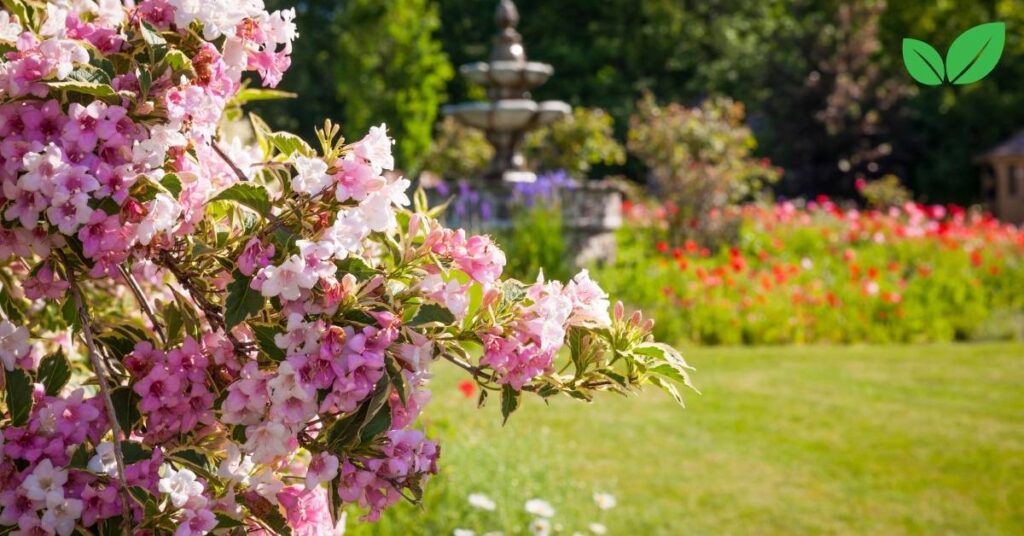
7.1 Grassland Restoration
Koeleria macrantha is a valuable species in grassland restoration projects, as it establishes quickly, requires minimal maintenance, and provides numerous ecosystem services. Its deep root system helps stabilize soil, making it ideal for erosion control in disturbed areas. Restoration projects often use Junegrass to rebuild native grasslands, improve soil health, and create habitats for wildlife.
7.2 Sustainable Landscaping
With its low water requirements and minimal maintenance needs, Junegrass is increasingly used in sustainable landscaping. Its attractive seed heads and fine-textured foliage make it an excellent ornamental plant for drought-tolerant gardens and landscapes designed to mimic natural prairies. By replacing turf grass with Junegrass, homeowners and landscapers can reduce water usage, lower maintenance demands, and create more ecologically-friendly outdoor spaces.
7.3 Preservation of Native Ecosystems
The conservation of Junegrass is vital for preserving native grassland and prairie ecosystems, many of which are threatened by habitat loss, invasive species, and agricultural development. Junegrass plays an important role in maintaining the integrity of these ecosystems, supporting native wildlife and promoting biodiversity. Efforts to protect and restore Junegrass populations contribute to the resilience of North America’s grassland habitats.
8. Challenges and Threats to Junegrass Populations
Despite its resilience, Junegrass faces several challenges and threats, particularly due to habitat destruction, climate change, and competition with invasive species.
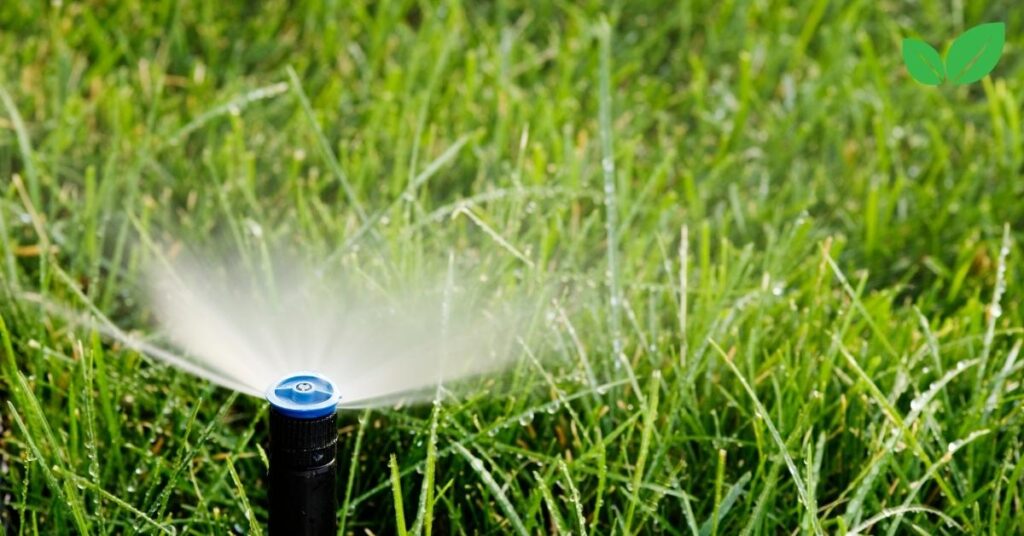
8.1 Habitat Loss and Fragmentation
The conversion of grasslands to agricultural fields, urban development, and infrastructure projects has led to significant habitat loss for Junegrass. Fragmentation of its habitat reduces genetic diversity, disrupts ecological interactions, and makes it difficult for native plant communities to thrive.
8.2 Invasive Species
Invasive plant species, such as smooth brome and Kentucky bluegrass, compete with Junegrass for resources, often outcompeting it in degraded or disturbed areas. These invasive species can create dense cover, limiting Junegrass’s access to sunlight and reducing the establishment of its seedlings.
8.3 Climate Change
Climate change poses additional challenges for Koeleria macrantha, as changing temperature and precipitation patterns may alter the plant’s growing season and stress its drought tolerance. Increased frequency of droughts, extreme weather events, and shifts in seasonal cycles may affect Junegrass’s ability to thrive in some regions.
9. Future Directions in Junegrass Conservation and Research
Research on Junegrass continues to expand our understanding of its ecological importance, resilience, and potential applications in conservation and sustainable landscaping. Ongoing studies focus on:
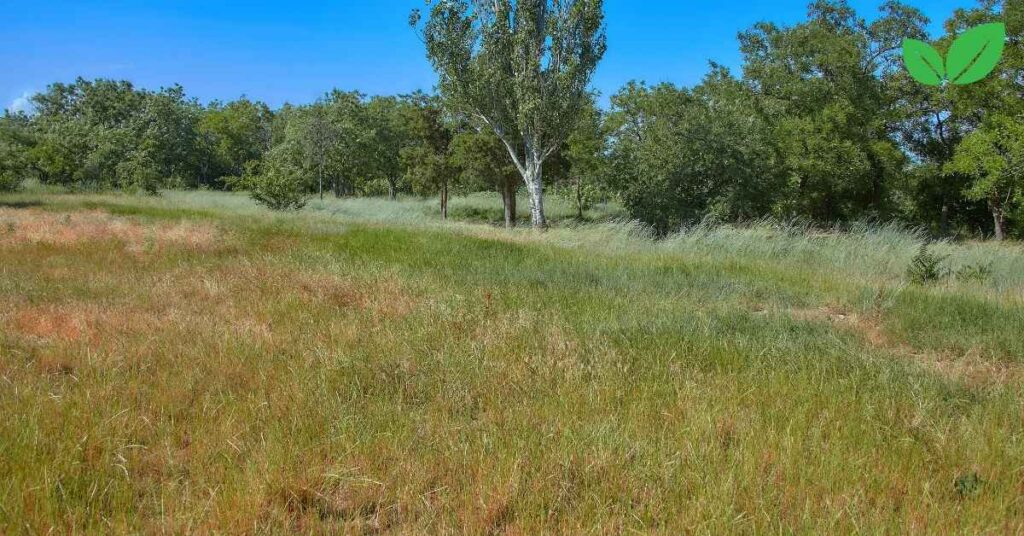
- Genetic Diversity: Researching genetic diversity within Junegrass populations helps to preserve and improve its adaptability to changing environmental conditions.
- Role in Carbon Sequestration: As a perennial grass, Junegrass may play a role in carbon sequestration, helping to mitigate climate change by storing carbon in its roots and soil.
- Restoration Techniques: Advances in restoration techniques, such as seed harvesting and soil management, aim to improve the success of grassland restoration projects using native species like Junegrass.
10. Conclusion: The Vital Role of Junegrass in Grassland Ecosystems
Junegrass (Koeleria macrantha) is a resilient and ecologically important grass that contributes to soil stability, biodiversity, and ecosystem health across North America’s grasslands and prairies. Its adaptations to drought, temperature extremes, and nutrient-poor soils allow it to survive in challenging environments and support wildlife through habitat and food resources. As a valuable species in restoration and conservation efforts, Junegrass serves as a foundation for preserving the integrity of native ecosystems and combating the environmental impacts of habitat loss, invasive species, and climate change.
Through conservation, research, and sustainable landscaping practices, Koeleria macrantha can continue to thrive and support the ecological balance of grassland and prairie ecosystems for generations to come.
Read More: Can Cows Eat Catnip? Exploring the Environmental and Agricultural Implications

